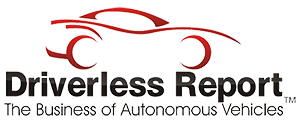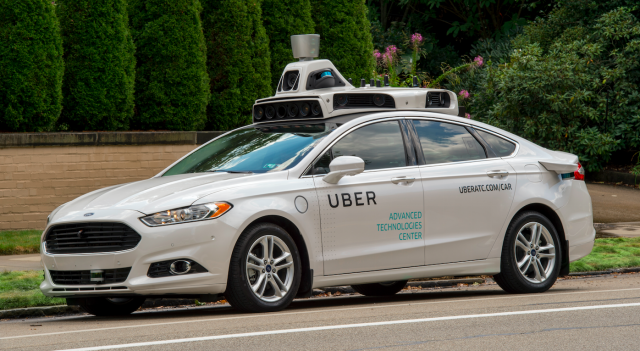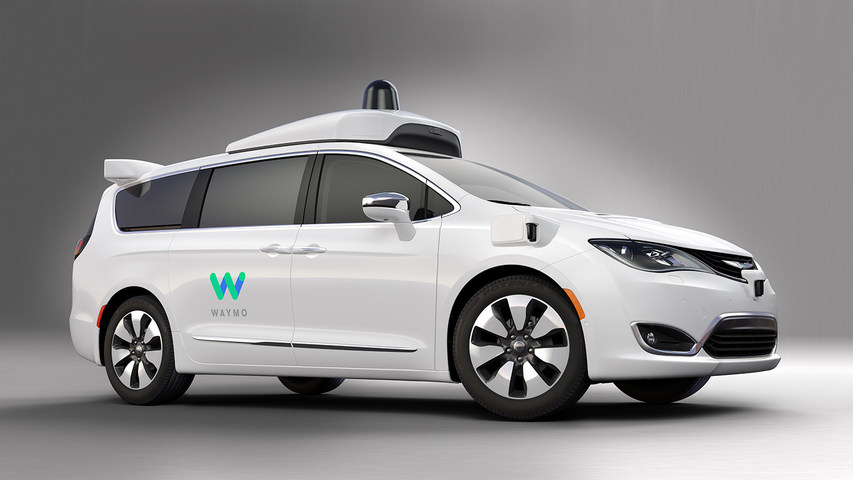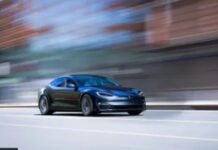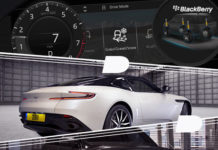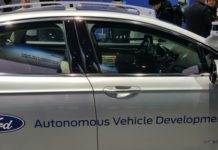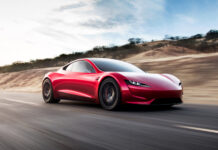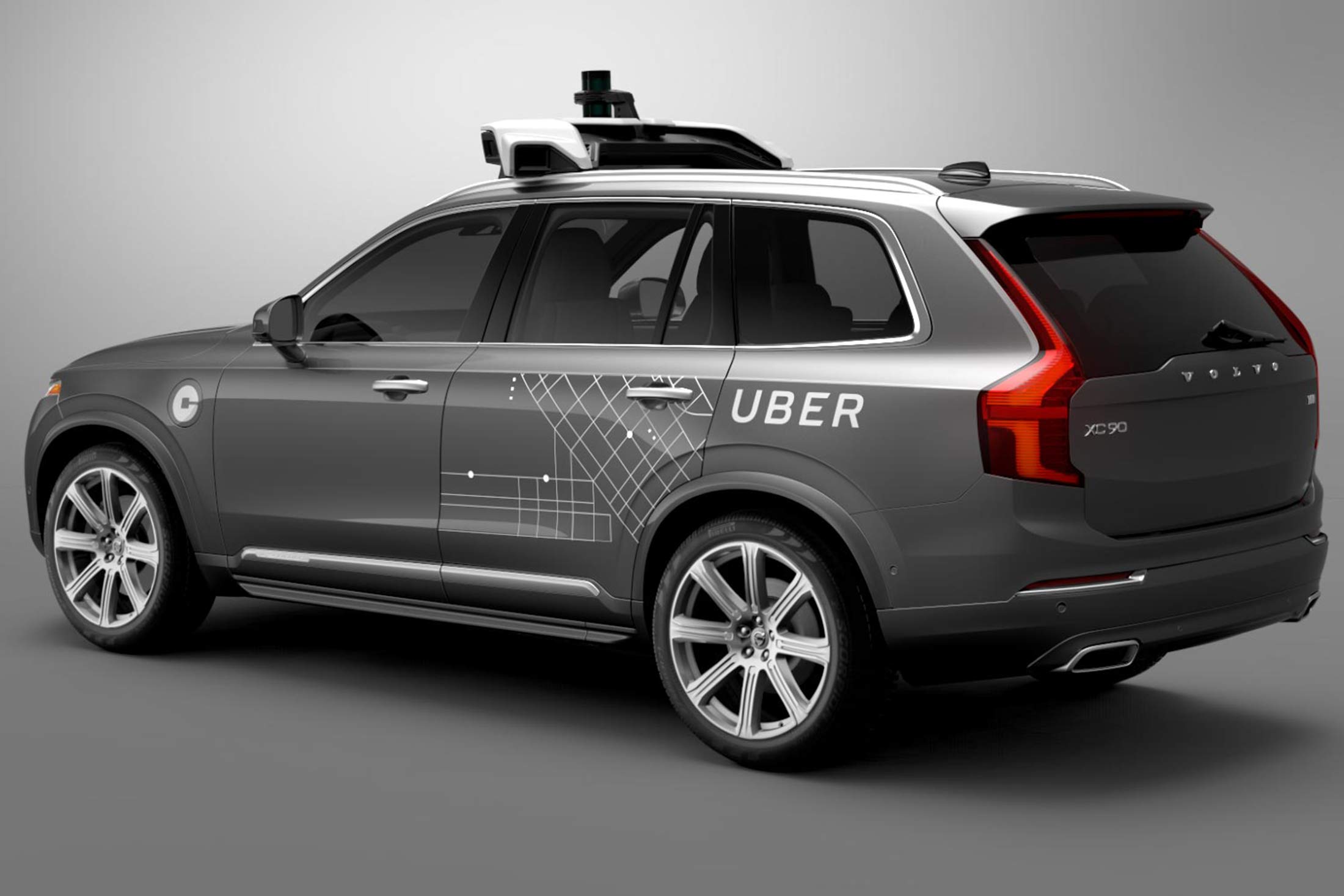The recent fatal crash of a pedestrian in Tempe, Ariz., by an Uber autonomous test vehicle has raised international concerns about the safety of the technology and legal and insurance issues.
Consumers, in particular, are highly sensitive to incidents involving automated vehicles because of a prominent lack of trust in the technology, said Kristin Kolodge, J.D. Power Human Machine Interface executive director.
Kolodge said that J.D. Power data shows instances where consumers cite specific events, such as the Tesla Autopilot accident in May 2016, as reason for their unwillingness to ride in an automated vehicle.
“An important next step in the progression of consumer acceptance towards automated technology will be experience, more specifically a positive experience, for consumers to shift their mindset,” she said. “Experience will come both in the forms of directly using the technology and forming their opinions as well as watching others’ experience the technology first hand. Trust will continue to be fragile with automated technology for the unforeseen future, so incidents such as Tempe will set-back the industry as a whole. However, the industry’s reaction and messaging will influence how temporary that set-back will be. Generating positive experiences with the technology, both direct and indirect, will build trust which in turn will build interest in automation.”
According to J.D. Power’s “Automated Vehicles: Liability Crash Course,” a report written with law firm Miller Canfield, while consumers are concerned about technology failures, they are willing to resolve automated driving systems (ADS) product liability claims out of court.
The report, which surveyed more than 1,500 drivers, centers on liability issues affecting ADS—and how liability claims will be resolved, the company said.
“The ability to effectively deal with the legal liabilities when an ADS accident occurs will impact the successful deployment of ADS. Our research indicates there is an apparent sweet spot of having the claim resolved in an out-of-court, private proceeding with a one-time lump settlement estimated to take 4-12 months,” Kolodge said. “This option has high favorability independent of the vehicle automation level and the injury severity. Respondents view this option as a fair resolution option—one that doesn’t rush the process of the investigation, but that brings about resolution quickly while limiting the emotional pain. It provides a reasonable balance of time, compensation, and personal investment.”
The report indicates more than half of consumers would pursue litigation if a Level 5 fully automated vehicle was involved in a crash that caused an injury.
“Consumers are on high alert currently, and will continue to be so for the unforeseen future until their trust is on more solid footing,” Kolodge said. “In addition to gaining consumers’ trust in the technology, the successful deployment of automated vehicles is contingent on the ability to effectively deal with the legal liabilities when an automated driving system accident occurs. Just as the industry is fine tuning its technology, so must other areas of the automated driving ecosystem.”
Insurance Industry to Evolve with Autonomous Vehicles…
The Uber crash, and subsequent fallout, has made the insurance industry even more aware of consumer concern, said Tim Spell, InsuranceQuotes.com automotive technology columnist.
“The Uber accident is having a significant effect on consumer confidence in autonomous vehicles. In this era of rapid news dissemination and the quickness at which powerful movements erupt, any misstep, or even the perception of a safety issue with an AV, negatively affects consumer perception,” he said.
Spell, who writes an autonomous vehicle column for InsuranceQuotes.com, said Insurance companies have taken notice of the accident and, as before the incident, are at an elevated state of awareness regarding AVs. “The insurance industry is continuously developing strategies based on the performance of driverless vehicles in the testing stages. It’s too early to determine what impact this will have on future insurance coverage, which at this point, is dependent on decisions that vary from state to state,” he said.
Because 95 percent of serious auto crashes are attributed to human error, insurance companies are anticipating the time when it’s generally proven that AVs are less error-prone than human-operated vehicles, Spell said.
“As progress in the reduction of collisions is made, insurance companies will be expected to match coverage costs proportionate to the risks,” he said. “Traditional auto insurance will be challenged, so how efficiently the insurance industry adjusts and restructures will determine how it fares. The industry will have to explore different ways to price new risks, as well as develop all-new products and markets.”
Spell said that the greatest challenge to autonomous vehicles’ success will come from auto manufacturers. “Insurance companies will have to be creative to thwart a potential trend by AV automakers to in-source insurance for its customers. Tesla, for instance, is already pursuing this route in Australia and Hong Kong,” he said.
Autonomous vehicle development is still in its early stages, so insurance companies have the time to adjust with changing technologies, Spell said. “We’ve entered the era of semiautonomous driving with driver-assist safety features that are helping consumers ease into an AV mindset,” he said. “The first insurance cost savings will come in the form of discounts for drivers with vehicles equipped with collision-avoidance technology.”
Even if liability insurance becomes obsolete, car owners will continue to need insurance for theft, vandalism and weather-inflicted damage, Spell said. “Coverage also will be required for scenarios such as software crashes and the failure of actuators that control braking and steering,” he said.
Uber Incident Not Helping Autonomous Vehicles’ Image…
Because the Uber incident was well-publicized, and consumers are aware of it, the likelihood of negatively coloring perceptions of AVs is high, Spell said.
“Most consumers already have at least some degree of trepidation about driverless vehicles. It’s probably akin to the reception the first horseless carriages got back in the day,” he said. “My experience has been that baby-boomer consumers, who are more tuned in to the news and generally more cautious, are most likely to have their faith shaken by the incident.”
Overall, Spell says that semiautonomous technologies – lane-centering systems, adaptive cruise control and automatic braking – are a reality. “New vehicles with these features are coming to markets in increasingly heavy doses, so there has been a significant uptick in the awareness and acceptance of automated driving,” he said. “Using these driver-assist features requires a learning curve before there’s a comfort level. These technologies should eventually be accepted because they represent a shared experience between humans and machines, in which humans are in ultimate control. Auto manufacturers are hoping to gradually get consumers’ feet wet with these technologies so that the eventual immersion will come naturally.”


